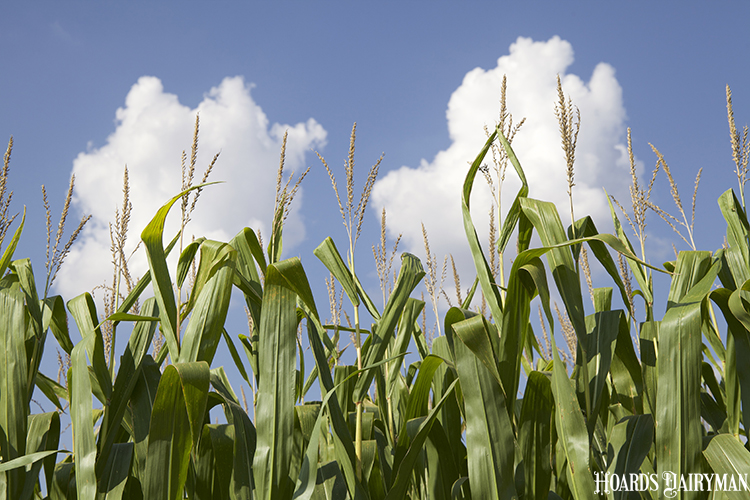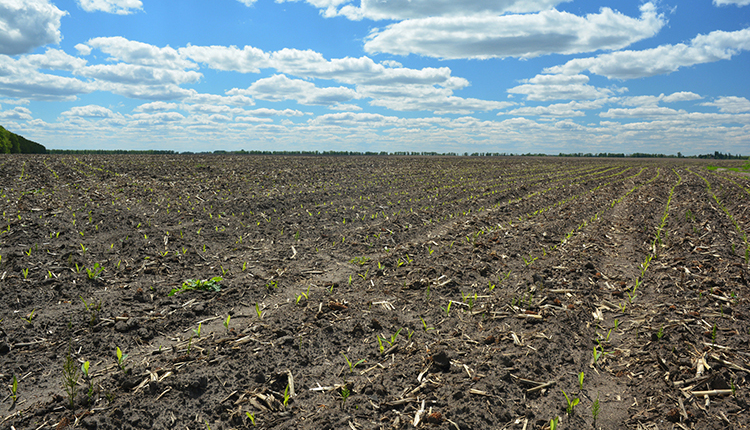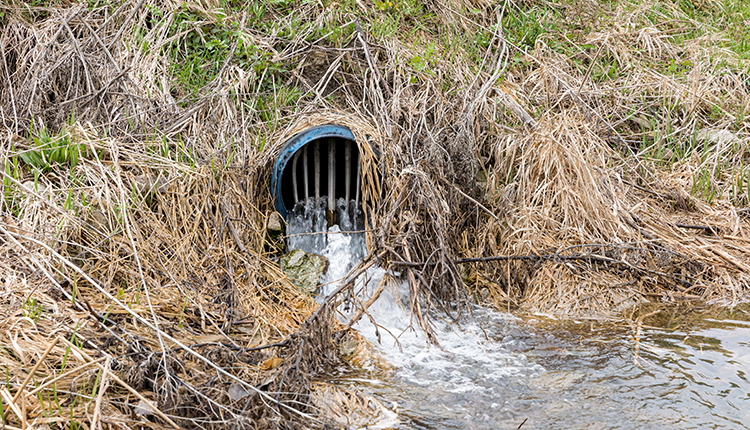
To better understand the extent and patterns of phosphorus (P) loss from northeastern dairy farms, Miner Institute has instrumented cornfields in northern New York with edge-of-field water quality monitoring stations. These stations continuously measure and sample the drainage leaving the fields as surface runoff and tile drainage, and the samples are analyzed for a variety of water quality parameters.
In freshwater watersheds, dissolved reactive P (DRP) and total P are important indicators, as P is the first limiting nutrient in lakes and rivers. Therefore, when P levels rise, higher levels of biological activity can be supported. When these levels reach a certain threshold, negative consequences such as cyanobacteria (commonly referred to as blue-green algae) blooms will occur. Biological organisms consume P primarily as DRP, but total P is also an important measure because the variety of forms that comprise total P can eventually become DRP.
The number of fields monitored in a given year changed depending on the number of funded projects, but between 2014 and 2020, surface and subsurface drainage water quality from six different corn silage fields was measured under a variety of management scenarios. Common among all fields was conservation tillage in fall and/or spring and annual organic nutrient applications (dairy cow manure), supplemented with inorganic fertilizer as needed (dictated by soil testing).

The graph shows the total P lost (pounds per acre per year) from each runoff pathway in each of the research fields. The total losses and primary pathway of loss varied across fields and years. Although not shown, the patterns of loss for both DPR and total P were very similar. On average, 0.21 and 0.39 pounds per acre per year of DRP and total P, respectively, were lost from the fields. The total P lost represented 1.8% of the amount applied over the same period.
Importantly, 67% of both DRP and total P losses occurred from surface runoff, despite surface runoff producing just 17% of the total drainage from the fields. The disproportionate contribution of surface runoff to field-scale P losses relative to drainage volumes was observed across most site-years. This is a result of the substantially higher concentrations of total P in surface runoff relative to tile drainage. Therefore, the significant reduction in surface runoff that typically accompanies the installation of systematic tile drainage does have the potential for reductions in field-scale P losses in these landscapes.
Unfortunately, there have been relatively few studies that have examined the impacts of tile drainage on P loss, particularly in the Northeast where greater topographic relief may influence the partitioning of runoff between surface and subsurface pathways compared to the flatter landscapes in the Midwest that have received greater scrutiny. Miner Institute has begun investigating the water quality implications of tile drainage in the past several years, but as seen in the varied P losses illustrated above, any research question regarding the agronomic and environmental interface needs to be investigated across multiple years and multiple sites before broad conclusions can begin to be drawn.








